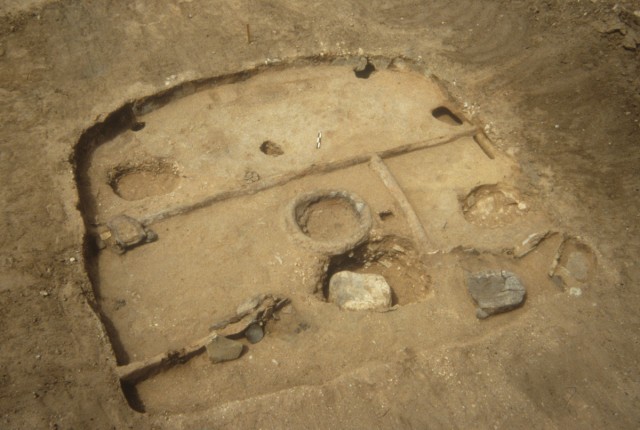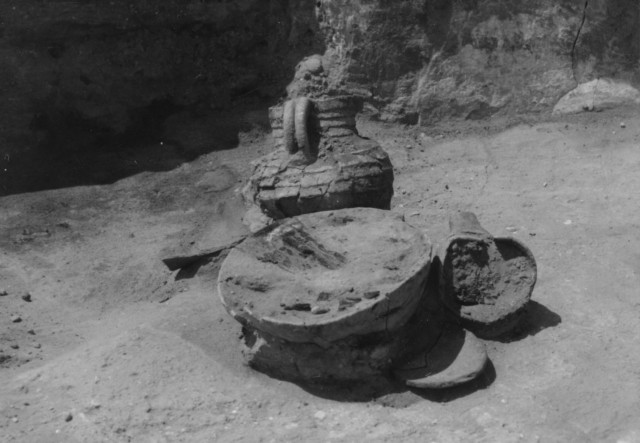- Home
- >
- Preservation Archaeology Blog
- >
- The Marginal Middle or the Path to Chaco?

On January 20, Scott Michlin welcomed me back to his morning radio show on KSJE, the San Juan College radio station in Farmington, New Mexico. Continuing my chronological foray into ancient Pueblo history, I discussed the Pueblo I period (A.D. 750–900) in the greater Four Corners region. You can listen to our discussion here.
The Pueblo I period suffers from “middle child” syndrome, to some extent. In my previous post, I wrote about the emergence of agriculture during the earlier Basketmaker II period (2000 B.C.–A.D. 500) and the beginnings of sedentary village life in Basketmaker III (500–750). In the subsequent Pueblo II period (900–1150), the amazing Chacoan system emerged and spread across the northern Southwest.

Developments during the Pueblo I interval were not insignificant, however. During those 150 years, ancient Pueblo people cemented many of the traits that enabled the spectacular developments that followed. They built the first aboveground dwellings—pueblos—and by the late 800s, they had mastered this architectural style, producing beautiful, multistory settlements. They began to produce pottery for trade. Some families became so proficient that people across the region wanted their pots.
Pueblo I sites are not as widely distributed as earlier Basketmaker III or subsequent Pueblo II sites, but they are not rare. In the Dolores area of southwest Colorado, people built several large villages in the mid-800s. The Chuska Valley south of Farmington was another locale with numerous large Pueblo I villages. Smaller settlements were actually more common across the region during this period.
I was fortunate enough to direct work at a burned Pueblo I house in the Chuska Valley. Because the house had burned catastrophically while in use, we found more than 35 ceramic vessels and much of the household furniture of the time preserved in the ruined dwelling.
Pueblo I period developments across the northern Southwest were essential to the emergence of Chacoan society after A.D. 900. The aggregation of population in Chaco and at other sites around the Four Corners was made possible by ancient Pueblo peoples’ mastery of masonry architecture during Pueblo I.

3 thoughts on “The Marginal Middle or the Path to Chaco?”
Comments are closed.
Explore the News
-
Join Today
Keep up with the latest discoveries in southwestern archaeology. Join today, and receive Archaeology Southwest Magazine, among other member benefits.
The house seems awfully shallow for an A. P. pithouse. Has the exterior overburden been removed?
Marc – Yes, the house was discovered during a road construction project. A grader removed most of the upper portion of the house. Luckily, the house had burned at abandonment and was easy to spot (once the operator decided to call in the archaeologist!).
Thanks for your comment.
It says “first above ground dwellings”, so I don’t think it could be called a pithouse. It does look primative in it’s style, with rounded corners and small structural size.